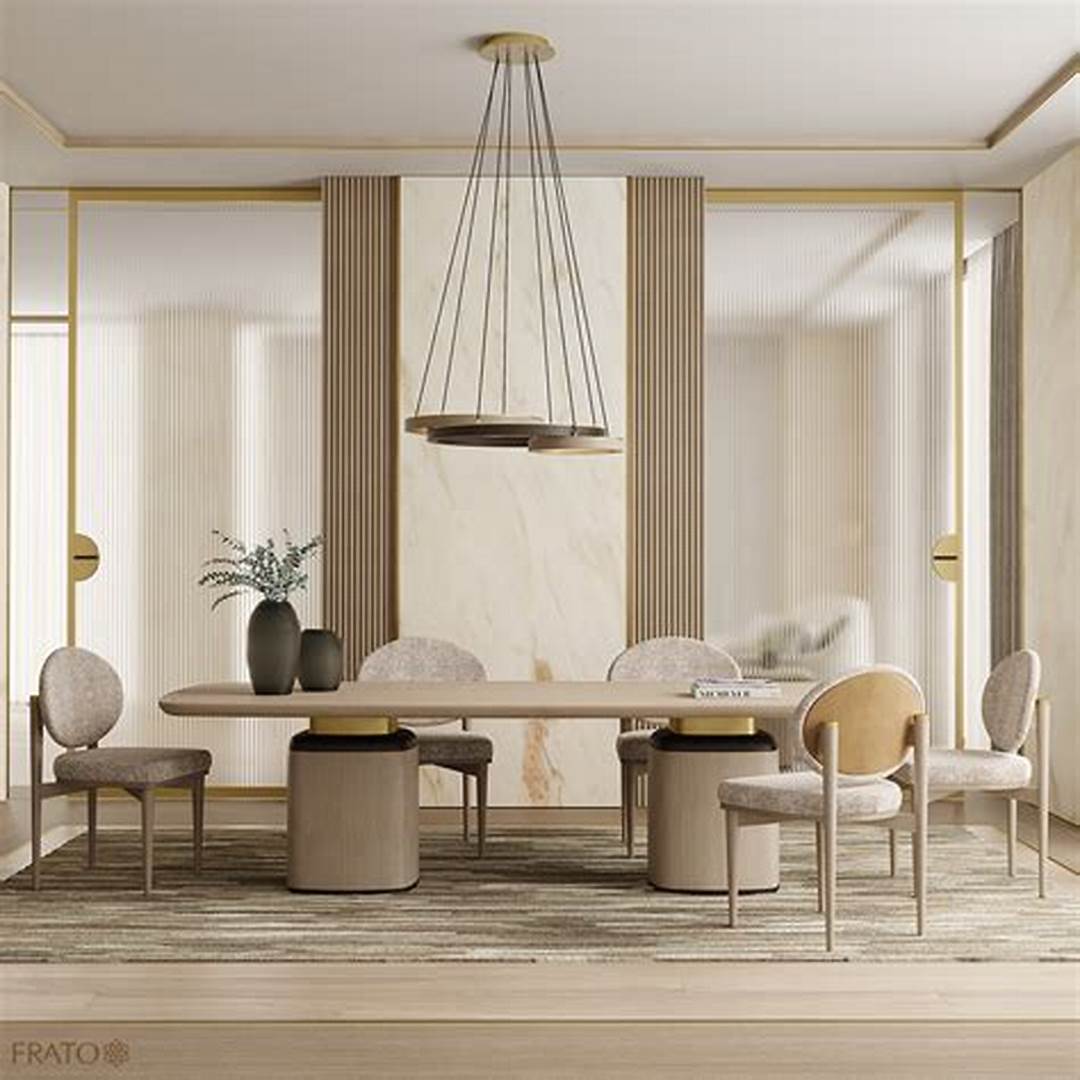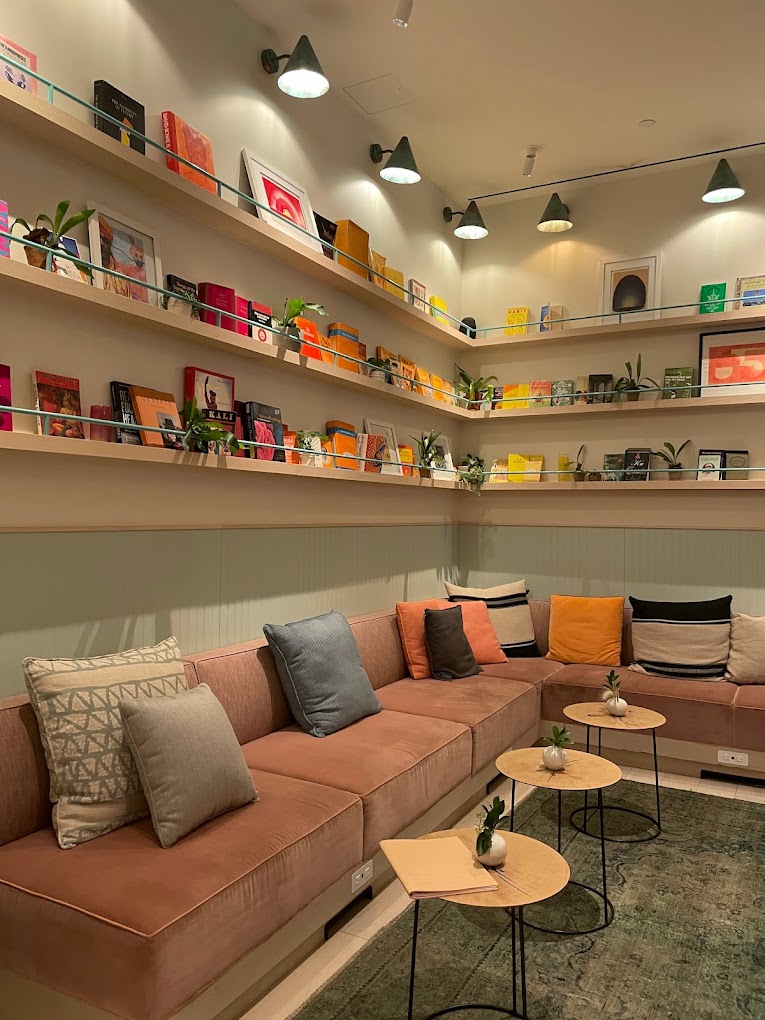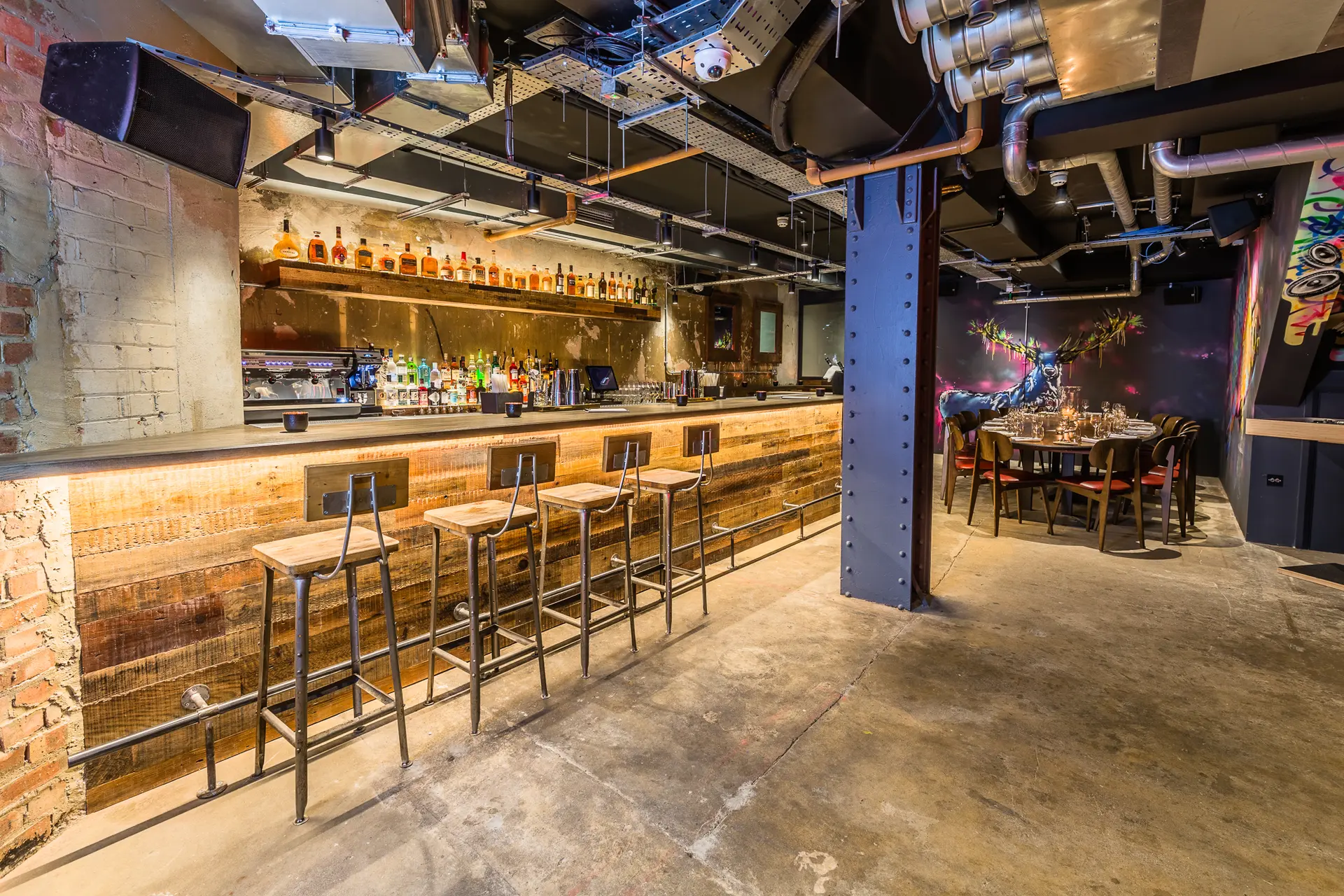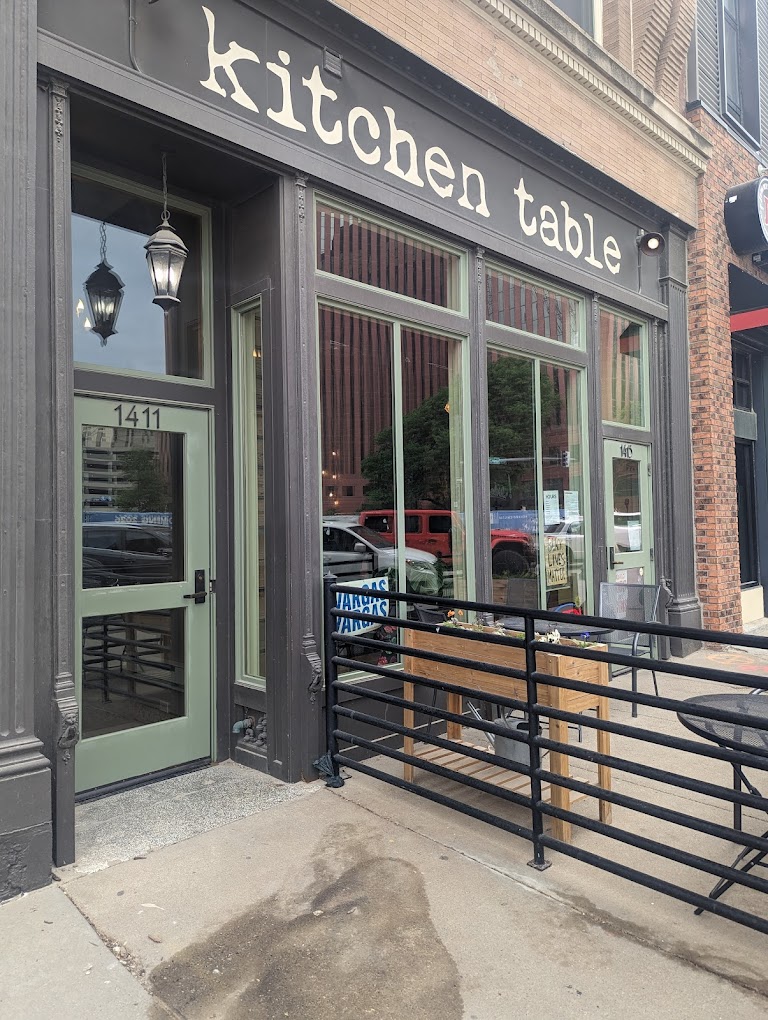When it comes to dining tables, size definitely matters. A table that’s too small can make mealtimes feel cramped and uncomfortable, while one that’s overly large can dominate your dining space. So what’s the ideal width for a dining table? Here’s a close look at the factors to consider when choosing a table width that works for your room and lifestyle.
Consider Space and Layout
The width of your dining area will play a key role in determining how narrow your table can be. Measure the open floor area where you plan to place the table, leaving at least 36 inches of clearance on all sides so diners can move comfortably. This will give you a good baseline for the maximum table width your space can accommodate. Pay attention to any built-ins, doorways, or traffic patterns that might further limit table size. And don’t forget that chairs need space too – plan for at least 24 inches of clearance between the edge of the table and surrounding walls or furniture.
Factor in Seating Capacity
The number of people you want your dining set to seat will also impact ideal table width. As a general rule of thumb, allow 24-30 inches per diner for comfortable elbow room. A table that seats 4 can be as narrow as 48 inches, while 6 diners need 60-72 inches. Bench seating on one side can trim a few inches off since you only need one walkway. Just remember guests will be sitting shoulder to shoulder at a very narrow table.
Consider Table Shape
The shape of your table will influence how narrow it can be while still functioning well. An oval or round table can allow you to fit more diners around a smaller footprint versus a wide rectangular surface. Leaf extensions are another great option – they allow a narrow table to expand for extra seating when needed. Pedestal bases open up more leg room, while trestle bases take up minimal visual space compared to bulky bases.
Evaluate Dining Habits and Style
How you typically use your dining table will help determine an optimal width. Do you regularly host large family gatherings or stick to intimate meals for two? Formal, multicourse dinners require more elbow room than casual pizza nights. Centerpieces, placemats, and tabletop displays also take up surface area. If you do a lot of serving directly from the table, be sure to leave room for dishes.

Minimum Recommended Widths
Taking all these factors into account, here are some general guidelines for narrow dining tables:
- Square table for 4: 36-42 inches
- Rectangular table for 6: 48-60 inches
- Oval or round table for 4: 36-42 inches
- Round table for 6: 60-72 inches
The Narrowest Functional Widths
What if you’re really working with a tiny area? Here are some ultra-narrow table options to look at:
- 2-person square bistro table: 24-30 inches
- 3-person oval pub table: 32-36 inches
- 4-person rectangular cafe table: 36-42 inches
- Pedestal dining table: 30-36 inches
Bench seating and leaf extensions can allow these petite tables to flex for additional diners when needed. Just keep in mind the tighter quarters may feel crowded for larger gatherings.
Tips for Maximizing a Narrow Dining Table
Once you’ve selected the right table width for your space, there are a few tricks that can help you make the most of your cozy dining area:
- Choose space-saving chairs like Parsons, slipper or saddle seats that easily slide under the table. Or go armless for a little more wiggle room.
- Stick to leggy, transparent bases like metal legs or a single pedestal to open up floor space visually.
- Use a narrow buffet or console against the wall to store extra serving pieces within easy reach.
- Limit centerpieces and table decor to slender vases and candleholders.
- Keep additional furniture pieces out of the dining zone to avoid a crowded feel.
- Go for round or oval table shapes to eliminate sharp corners that catch elbows and hips when sliding in and out.
- Add mirror strips along the wall to visually expand the sense of space around a petite table.
- Extend your table periodically with leaves or panels to accommodate larger gatherings.
With smart planning and furnishing choices, even the narrowest of dining tables can be totally functional and family-friendly. Just be sure to give everyone enough elbow room to enjoy the mealtime experience. Savvy furniture arrangement and occasional use of space-saving expanders can help maximize versatility, no matter how tiny your dining area is. Focus on finding a table width that suits your regular needs, then get creative when a little extra room is needed.











